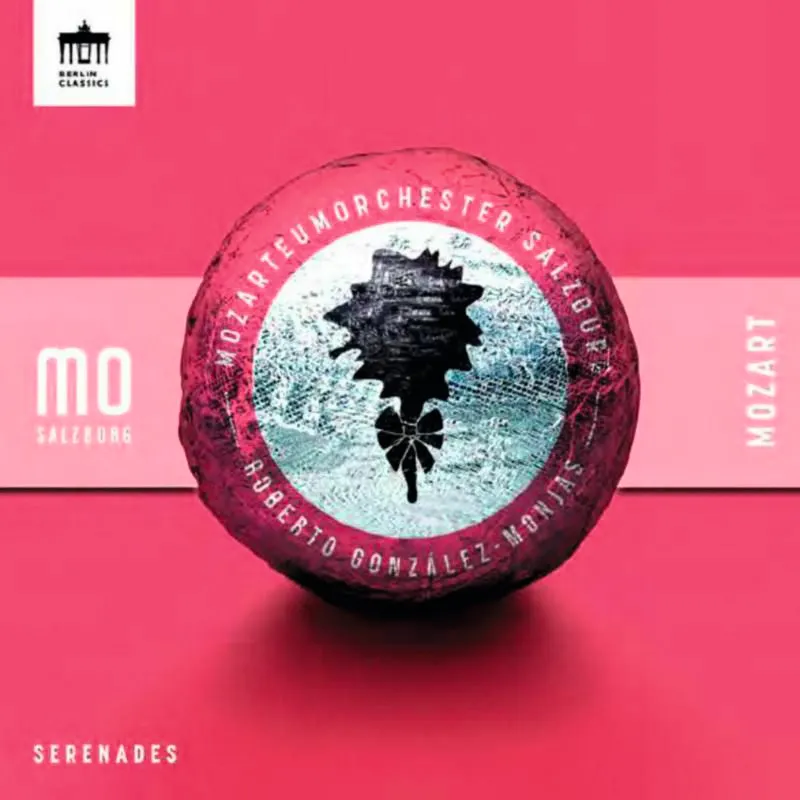
Mozart Serenade No. 4 ‘Serenata Colloredo’, K203; Serenade No. 6 ‘Serenata Notturna’, K239; March in D, K237 Mozarteumorchester Salzburg/Roberto González-Monjas Berlin Classics 0302997BC 51:24 mins
Serenades like the two recorded here were written during Mozart’s years as a frustrated court composer in his native Salzburg. This was music designed literally to be talked through, or over, as part of a festive or ceremonial occasion. Yet even in situations like this, the young Mozart was incapable of working at anything less than top level. The three-movement Serenata Notturna, included here as a starter before the main course, is a sparkling take on the Baroque-era concerto grosso, with a group of four solo strings deployed in deft interplay with a larger string orchestra and timpani.
The Serenata Colloredo is a much larger work, named after the Archbishop who was Salzburg’s ruler and Mozart’s detested employer. Here there are eight movements, with three of them amounting to a centrally placed and self-contained violin concerto. Gorgeous instrumental colours are conjured from a standard line-up of string orchestra with pairs of oboes and horns, plus one-off contributions from a bassoon and pair of flutes. Also included is the March which would have been played by the musicians processing into the Episcopal Palace (and out again afterwards, although it only features once here). The Mozarteumorchester players convey a real sense of delight as they work their way through one musical marvel after another (the Andante sixth movement, with its flickering muted strings, is exquisite). And while Roberto González-Monjas’s solo playing is a touch severe in its non-vibrato approach, he leads and directs proceedings with flair and style.
Malcolm Hayes
